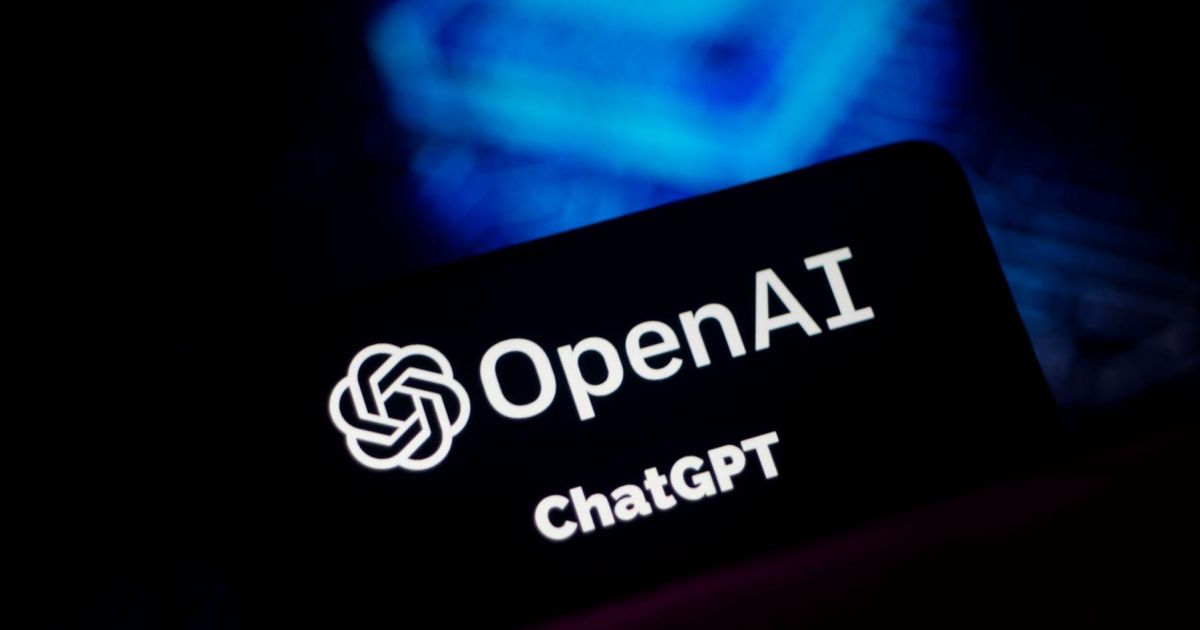Generative AI applications are currently very popular within the web content creation community. The burning question is: how can ChatGPT help me? But the opposite consideration is just as important: what types of content are best not generated by AI?
In a white paper published earlier this year titled “Survival Guide to Artificial Intelligence for Human Writers,” web writer Alexandra Martel tackled this question. She identified five types of content where humans still outperform AI.
1. Content Journalism
After only a few months of use, generative AI applications have become formidable search engines capable of explaining the most complex topics, as long as they are well-documented on the internet. However, quality information in specialized sectors remains beyond the reach of “generalist” applications. This presents the first opportunity.
“It may seem complex,” says Alexandra Martel, “but some companies are already doing content journalism. The most common form is probably the case study, which involves detailing how a client was helped to achieve a result, solve a problem, or reach a goal.”
- Thought Leadership
We live in an era of opinions. Commentators dominate our media, and public figures who frequently take stands on various topics capture our full attention—for better or for worse—from Elon Musk to Mathieu Bock-Côté. This principle applies on a smaller scale in every industry.
To become a thought leader in your market, you must:
- Cultivate original and interesting ideas;
- Be able to articulate and defend them;
- And have the courage to do so publicly (and thus face criticism).
“It’s an exercise in intellectual boldness and authenticity that not only allows you to stand out but also to contribute significantly to your field of expertise.”
- Experiential Content
While experiential content is undoubtedly engaging for an audience, it is perhaps the most difficult or energy-consuming to create.
“Rather than being a simple receptacle of information, experiential content encourages the user to interact, participate, and play an active role in the content consumption process,” explains Alexandra Martel.
This avenue is worth exploring.
- Collaborative Content
Collaborative content seems very promising for distinguishing oneself from AI. Nothing can replace the interaction of two people who have established credibility in their field and engage in a conversation together. Evidence of this can be seen in the popularity of long-format podcasts, which present as long exploratory conversations without a predefined structure.
“AI cannot engage with people the way you can. It cannot form friendships (personal or professional). It does not admire the charisma or intellect of others as you can,” asserts Alexandra Martel.
- Intimate (or Introspective) Content
The quest for meaning is still difficult to fulfill through a conversation with an algorithm.
“Large language models like GPT can imitate us. They are excellent at pretending. They can parrot, like slightly strange parrots, what a human might say. But when you share your reality in your content with transparency and authenticity, when you open the door to your inner world to reveal what’s inside, you create content that will never truly be within AI’s reach.”
Based on these suggestions, let’s hope for the preservation of some creation… without computer assistance!
Discover our trainings :
 training.isarta.com
training.isarta.com 





